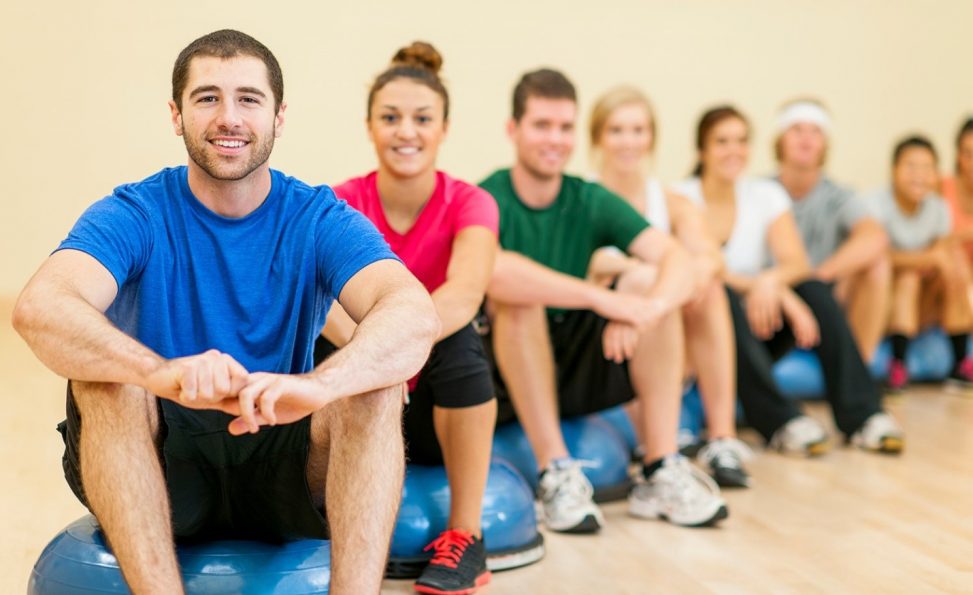Depression is defined as a mood disorder that brings about an unrelenting feeling of indescribable sadness and loss of interest. Depression isn’t a disorder that you can treat on your own but as an adjunct to professional treatment, evidence from numerous researches have shown that exercise positively boosts mood and is an effective but usually underused supplemental treatment for mild to moderate depression.
Effects of Exercise on Depression
A key psychological benefit of exercise is a boost in self-esteem. Exercise has also shown to reduce stress, anxiety and improve sleep. The thermogenic hypothesis predicts that an increase in core body temperature and of certain brain regions, like the brain stem, can lead to overall relaxation and reduction in muscular tension following exercise. The endorphin hypothesis suggests that exercise increases the release of β-endorphins. Endorphins act as analgesics and reduce pain perception. It also triggers a positive mood and an overall enhanced sense of well-being. The monoamine hypothesis states that exercise increases the availability of neurotransmitters like dopamine, norepinephrine and serotonin that are depleted in depression.
Does It Work For All Ages?
A recently published research in the Journal of the American Academy of Child & Adolescent Psychiatry revealed that exercise seems to improve depressive symptoms in adolescents ages 13 to 17, and that exercise may potentially be a useful treatment for depression. The British Journal of Psychiatry also published a study in September of this year which showed that supervised group exercise significantly decreased depression severity versus usual care and suggested further that prescribed exercise should be considered for the treatment of mild to moderate depression in adults. Another study conducted in older women engaged in a 12-month program of group exercise revealed beneficial effects of group fitness exercise on physiological and cognitive functioning and mood.
What Kind of Exercise Wards Off Depression?
A recent study published in Preventive Medicine found that low, moderate or vigorous intensity exercise is effective in treating mild to moderate depression as compared to treatment as usual or to no intervention. While this study among others suggest that any form of exercise helps with depression, some forms of exercise are still notable, such as biking, dancing, gardening, golfing, jogging, low-impact aerobics, tennis, swimming, walking and yoga.
Why Group Exercise?
It is known that strong social support is valuable for people with depression. This is why working out as a group may be more beneficial than exercising alone. Exercising with a close friend, a partner or in a group of like-minded individuals will give the benefit of physical activity, emotional comfort and social support. In group fitness classes, one is not judged and everyone is welcoming and the coach is supportive and motivational. Aside from achieving physical fitness goals, it is also about the camaraderie and support of the group. In fact, a study was conducted observing the psychological benefits associated with joining in a group fitness class. Mood, stress, and group cohesion were measured in an aerobic based Zumba class and a mind and body based yoga class. The study found that Zumba class participants had higher perceptions of closeness and similarity associated with the task and social aspects of the fitness class.
Other advantages of joining group fitness classes to ward off depression are:
- Variety – you will definitely not get bored because there are different types of fitness classes that suit your preference and you can change it up before you get bored.
- Structure – among the causes of low self-esteem is being unable to keep up and losing control, with group classes, you can ensure that your class fits your schedule and your capabilities so you can stay on track.
- Reward – group classes usually have motivational fitness coaches who will help you crush your fitness goals and what better way to feel good than that?
Start with lower-intensity exercise activities that are enjoyable to get a more positive exercise experience and increase the likelihood of sustained exercise involvement. Put it on a calendar and follow through.


 GO...!
GO...!
